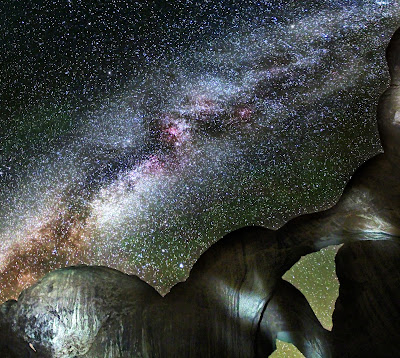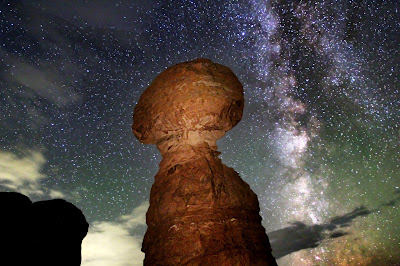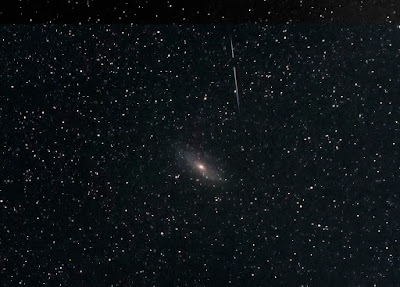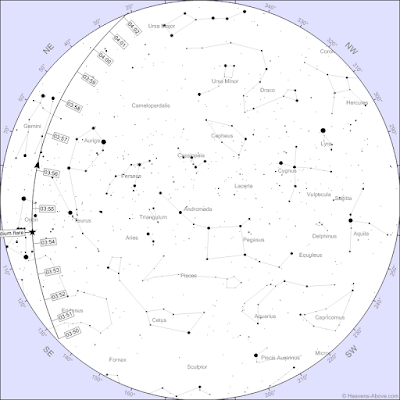The sight filled the northern sky; the immensity of it was scarcely conceivable.
As if from Heaven itself, great curtains of delicate light hung and trembled.
Pale green and rose-pink, and as transparent as the most fragile fabric,
and at the bottom edge a profound fiery crimson like the fires of Hell,
they swung and shimmered loosely with more grace than the most skillful dancer.
-- PHILIP PULLMAN, The Golden Compass
How grand minimum of solar activity affect the Northern Light? I hope not so much and the Northern Light still will be visible during the grand minimum, but who knows 100%? So hurry up to see it now! Kiruna Lapland Sweden Astrophotography - Canon 60Da, Canon EF16-35mm f/2.8L II USM lens.
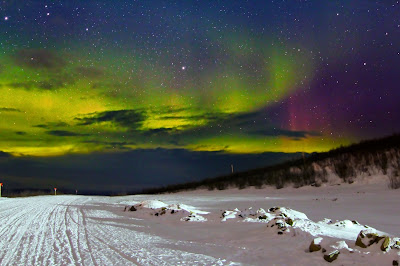 |
| Sweden Astrophotography Northern Lights |
 |
| Sweden Astrophotography Aurora Borealis |
 |
| Kiruna Lappland Northern Lights - Sweden Astrophotography |
 |
| Cross Ski Trail Sign and Northern Lights - Kiruma Lappland Astrophotography |
 |
| Panorama Northern Lights - Sweden Astrophotography Kiruna Lapland |
See also Northern Lights Iceland Astrophotography













